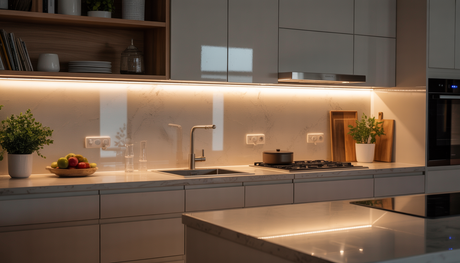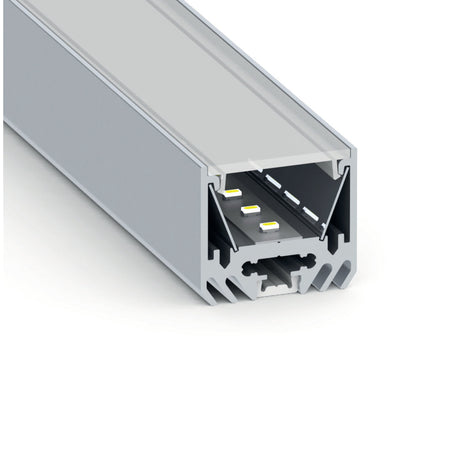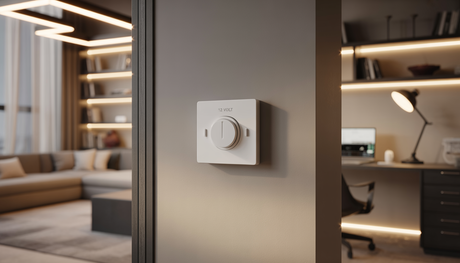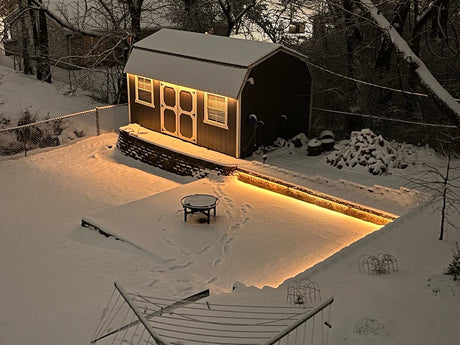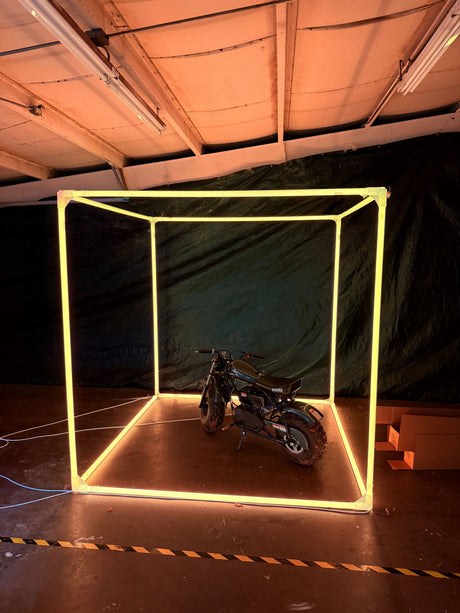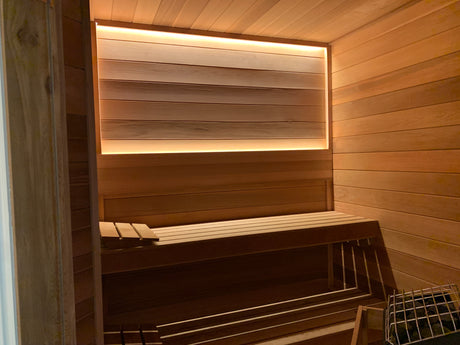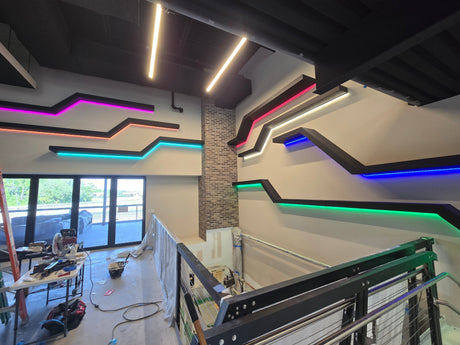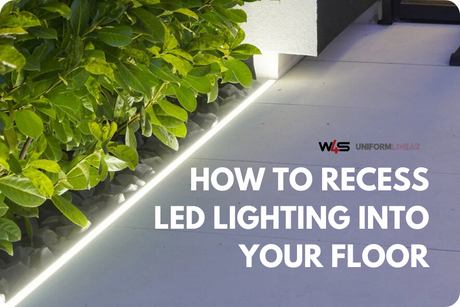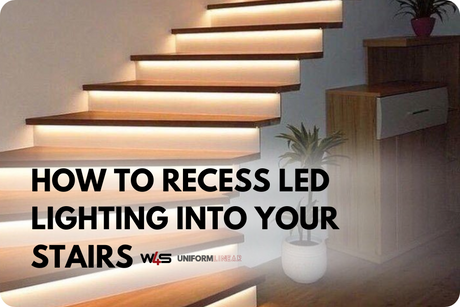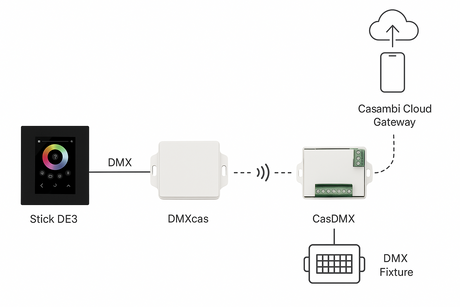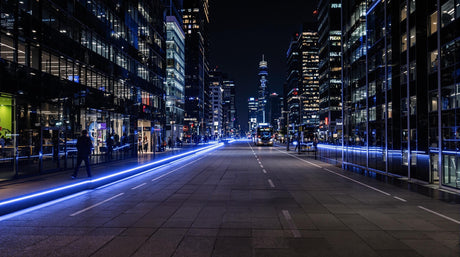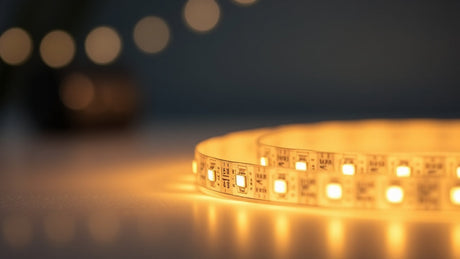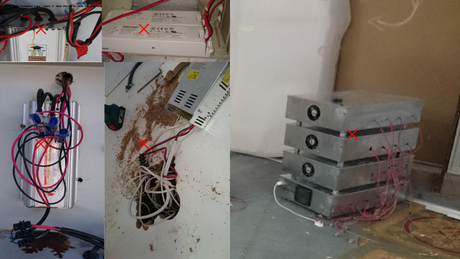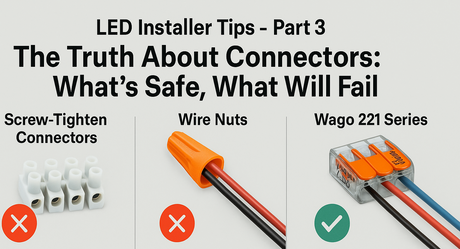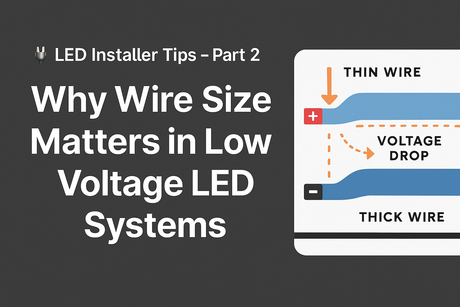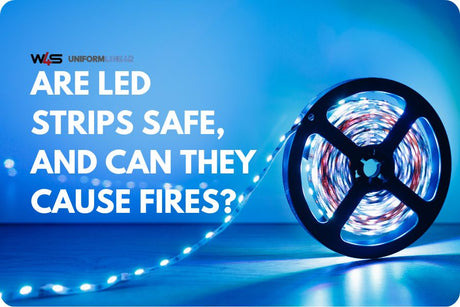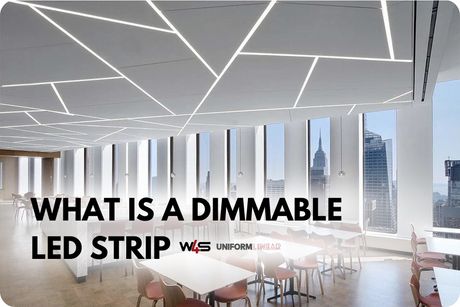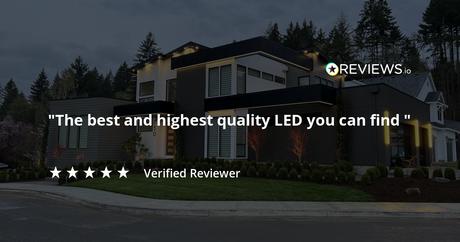When selecting LED strips for your lighting projects, understanding IP ratings is crucial. These ratings determine how well a product is protected against solids and liquids, impacting its suitability for different environments.
Whether you're installing waterproof LED light strips outdoors or need weatherproof lighting for indoor applications, knowing the difference between multiple IP Ratings gets you the right purchases and ensures your overall safety while using your LED Strip-related products.
What is an IP Rating?
IP stands for Ingress Protection, a standard that classifies the degree of protection provided by electrical enclosures against intrusion, dust, accidental contact, and water. The IP rating chart consists of two digits:

The first digit (0-6): Indicates protection against solid objects, such as dust or debris.
The second digit (0-8): Refers to the level of protection against liquids, such as water.
Understanding these numbers will help you choose the right LED strip lights for your specific needs.
Understanding the IP Rating Chart
To make an informed decision, it's essential to familiarize yourself with the IP rating chart, which breaks down the levels of protection against solids and liquids. This chart is a handy reference when comparing different IP ratings:

Ideally, having a good understanding of the IP Rating Chart and your LED Strip project’s demand is needed before going to the store. Aside from ensuring that you get the right product, you’re also saving time and money from wrong/repeated purchases.
Breaking Down IP Ratings: IP65, IP67, and IP68
As discussed earlier, the numbers on any of these IP Ratings indicate decent protection from both solids and liquids. However, let’s dig deeper into these 3 common types of IP ratings:
IP65: Water-Resistant Protection

An IP65 rating means that the LED strip is protected against dust and water jets from any direction, making it ideal for outdoor use where it may be exposed to rain or water splashes but not submerged. IP65-rated LED strips are perfect for outdoor installations under awnings, patios, or in areas exposed to occasional splashes.
It's important to note that while IP65 waterproof indicates that the LED strip can handle water splashes, it should not be submerged. This rating is well-suited for general outdoor applications.
One great product with an IP65 rating is our Recessed Aluminum LED Channel ~ Model Berlin IP65 Waterproof. This product effectively dissipates heat, protecting LED strips from damage and extending their lifespan, making it essential for high-power strips and installations.
[product=berlin-xl-profile-easy-on-ip65-waterproof-led-channel-range|variants=Silver / 2m (78"),Black / 2m (78"),Black / 1m (39"),Black / 609mm (24"),Black / 6" Sample,Silver / 1m (39"),Silver / 609mm (24"),Silver / 6" Sample]
[/product]
IP67: Temporary Submersion

An IP67 rating provides a higher level of protection compared to IP65. These LED strips are dust-tight and can withstand temporary submersion in water, typically up to 1 meter for a limited time. IP67-rated strips are ideal for locations that may experience temporary flooding or areas with heavy rain exposure.
When comparing IP67 vs IP65, it's clear that while both are water-resistant, IP67 offers additional protection by allowing for temporary submersion, making it a better choice for environments where the strips might be briefly underwater.
Our White Lily Series is a good example of this IP Rating. If your LED installation involves decorative lighting, shallow LED profiles, or highly reflective surfaces then a COB strip is the way to go.
[product=continuous-cob-ip67-led-strip-24v-white-lily-series|variants=2700K Ultra Warm White / Per foot,2700K Ultra Warm White / 5m (16.4ft),3000K Warm White / Per foot,3000K Warm White / 5m (16.4ft),3000K Warm White / 25m (82ft),4000K Natural White / Per foot,4000K Natural White / 5m (16.4ft),6000K Cool White / Per foot,6000K Cool White / 5m (16.4ft)]
[/product]
IP68: Fully Waterproof

The highest level of protection is offered by the IP68 ingress protection rating. These LED strips are both dust-tight and can endure prolonged submersion in water beyond 1 meter. They are particularly suited for underwater applications or environments with extreme exposure to water.
IP68 waterproof LED strips are the most durable against water exposure, making them suitable for the harshest conditions. When deciding between IP68 and IP65, if you require complete water immersion protection, IP68 is the ideal choice.
Products like the White Iris LED strip are an ideal light source for professional outdoor and wet environment lighting applications, or our Trailer Series strip which is perfect for long-lasting performance even in the face of vibrations and movements of trailers. These are examples of IP68-rated LED strips.
[product=white-high-cri-ip68-waterproof-led-strip-24v-white-iris-series|variants=Natural white (4100K) / 60 LEDs/m (4.8w/m) / 5m (16.4ft),Natural white (4100K) / 180 LEDs/m (12.8W/m) / 5m (16.4ft),Warm white (3200K) / 180 LEDs/m (12.8W/m) / 5m (16.4ft),Cool white (6200K) / 180 LEDs/m (12.8W/m) / 5m (16.4ft),Natural white (4100K) / 120 LEDs/m (8.4w/m) / 5m (16.4ft),Warm white (3200K) / 120 LEDs/m (8.4w/m) / 5m (16.4ft),Cool white (6200K) / 120 LEDs/m (8.4w/m) / 5m (16.4ft),Warm white (3200K) / 60 LEDs/m (4.8w/m) / 5m (16.4ft),Cool white (6200K) / 60 LEDs/m (4.8w/m) / 5m (16.4ft),Cool white (6200K) / 120 LEDs/m (8.4w/m) / Per foot,Cool white (6200K) / 180 LEDs/m (12.8W/m) / Per foot,Cool white (6200K) / 60 LEDs/m (4.8w/m) / Per foot,Natural white (4100K) / 120 LEDs/m (8.4w/m) / Per foot,Natural white (4100K) / 180 LEDs/m (12.8W/m) / Per foot,Natural white (4100K) / 60 LEDs/m (4.8w/m) / Per foot,Warm white (3200K) / 120 LEDs/m (8.4w/m) / Per foot,Warm white (3200K) / 180 LEDs/m (12.8W/m) / Per foot,Warm white (3200K) / 60 LEDs/m (4.8w/m) / Per foot,Ultra warm white (2900K) / 120 LEDs/m (8.4w/m) / 5m (16.4ft),Ultra warm white (2900K) / 180 LEDs/m (12.8W/m) / 5m (16.4ft),Ultra warm white (2900K) / 120 LEDs/m (8.4w/m) / Per foot,Ultra warm white (2900K) / 180 LEDs/m (12.8W/m) / Per foot,Ultra warm white (2900K) / 60 LEDs/m (4.8w/m) / Per foot,Ultra warm white (2900K) / 60 LEDs/m (4.8w/m) / 5m (16.4ft),Natural white (4100K) / 120 LEDs/m (8.4w/m) / 100m (328ft),Ultra warm white (2900K) / 120 LEDs/m (8.4w/m) / 50m (164ft),Warm white (3200K) / 180 LEDs/m (12.8W/m) / 50m (164ft),Warm white (3200K) / 120 LEDs/m (8.4w/m) / 50m (164ft)]
[/product]
[product=white-ip68-waterproof-led-strip-for-vehicles-12v-trailer-series|variants=Cool white (6200K) / 60 LEDs/m (12.5W/m) / 5m (16.4ft) roll,Cool white (6200K) / 60 LEDs/m (12.5W/m) / 6096mm (20ft) with cable,Cool white (6200K) / 60 LEDs/m (12.5W/m) / 13800mm (45ft) with cable]
[/product]
IP65 vs. IP67 vs. IP68: Which One Should You Choose?

Choosing between IP65, IP67, and IP68 ratings depends on the specific environment in which you plan to use the LED strips:
IP65 is suitable for general outdoor use where the strips might get wet but not submerged. It's a common choice for garden lights, pathway lighting, and exterior building illumination.
IP67 is the next step up, providing protection against temporary submersion. It's perfect for areas where there is a risk of flooding or where the strips may be temporarily underwater.
IP68 is the go-to for fully waterproof applications, such as in pools or water features, where the LED strips will be submerged for extended periods.
Conclusion: Choosing the Right IP Rating
When selecting products like LED strips, it's crucial to consider the appropriate IP rating to ensure they meet the demands of your specific environment.
Whether for outdoor use, temporary submersion, or fully waterproof applications, understanding the IP rating chart will help you make informed decisions, avoid unnecessary purchases, and ensure your products perform optimally in their intended settings.
Remember: For your LED product needs, choose only the best products and services!
FAQs About IP Ratings for LED Strips
Can I cut IP65 LED strips, and will they still be waterproof?
Yes, you can cut IP65 LED strips at the designated cut lines, but doing so may compromise their waterproof rating. After cutting, you'll need to reseal the exposed ends with silicone glue or end caps specifically designed for LED strips to maintain their IP65 waterproof rating.
Without proper sealing, the cut ends will be susceptible to water ingress, which could damage the strip and reduce its lifespan. Simply speaking, everything still boils down to how you take care of your LED strips and the precision of your cutting process.
Do higher IP ratings affect the brightness of LED strips?
The IP rating itself doesn't directly impact the brightness of LED strips. However, the protective materials used to achieve higher IP ratings, like silicone coatings or encasements, can slightly diffuse the light output.
This means that IP65, IP67, and IP68 rated strips might have a marginally softer glow compared to non-protected strips. Always check the product specifications for lumen output if brightness is a key concern.
How do I maintain and clean IP-rated LED strips?
To maintain and clean IP-rated LED strips, gently wipe them down with a damp cloth to remove dust or dirt. For outdoor installations, regularly inspect the strips for any signs of wear or damage, particularly if they are exposed to harsh weather conditions.
Proper maintenance will help preserve the water resistance and longevity of your LED strips. Using acrylic cleaners and plastic polish is also a good idea for your cleaning projects.




